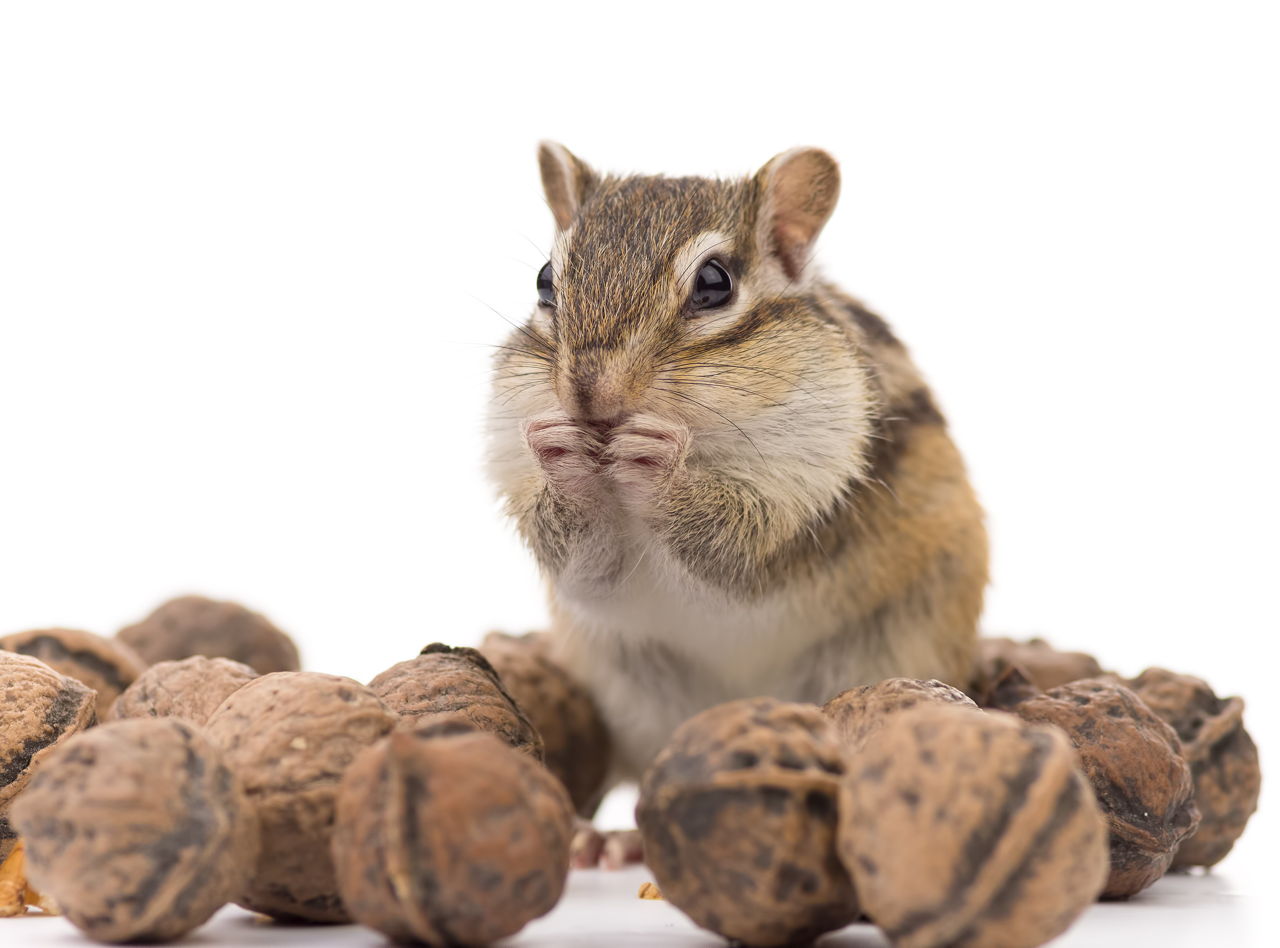
Tip #5 - Special heating is not needed, but be sure the enclosure is well ventilated and mouse-proof to avoid infection of your pet chipmunk. You will also need to provide your chipmunk with a nest box, measuring about 20 cm by 20 cm (if you have more than one adult, you will need to provide a nesting box for each). Since the chipmunk is a burrowing animal, you will need substrate in peat, paper, or sawdust. The enclosure should have two or three solid sides with a strong mesh front. The cage for this animal should measure a minimum of 4 feet by 3 feet by 4 feet with plenty of branches to climb on, foliage to hide in, pipes, rocks, and shelves to provide mental and physical stimulation. With this in mind, a standard hamster or gerbil cage is not appropriate for a pet chipmunk. Since the chipmunk is a busy rodent, you should provide your pet with as much room as possible. Photo by twinkal solanki on Unsplash Housing a Chipmunk However, the species does like to play and enjoys the company of other chipmunks. This rodent can also scare easily and may bite if it feels threatened, therefore it is not recommended for children. The chipmunk as a pet will take time to socialize as it is by nature, a skittish and timid animal. Chipmunks also hibernate during the colder months starting in late autumn to early the next spring. It is diurnal, meaning it is most active during the daytime hours.


In the wild, this rodent emits a bird-like chirp to warn others of approaching danger. Chipmunk’s BehaviorĪ part of the appeal of the chipmunk (aside from its adorable appearance) may be its lively and quick personality. Each foot has tiny-clawed toes designed to help these rodents dig and climb.


 0 kommentar(er)
0 kommentar(er)
